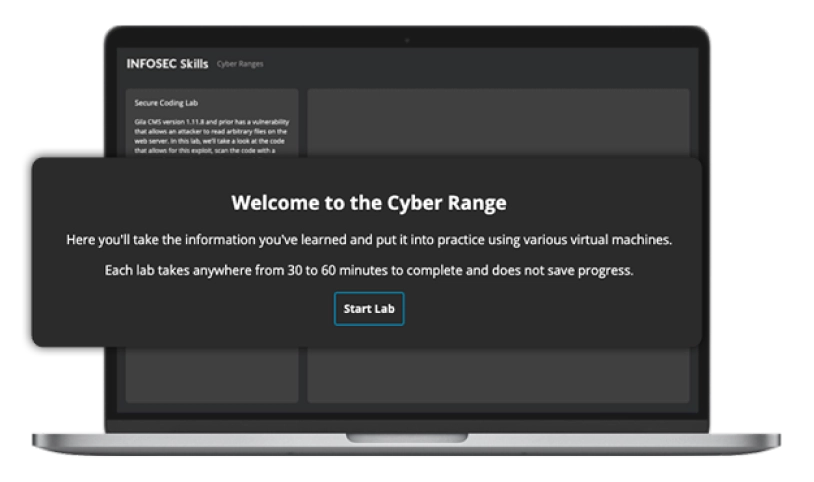
Software Security Testing Learning Path
10 hours, 37 minutes
Quick facts
About this learning path
-
courses
100% online
-
Duration
10 hours, 37 minutes
-
Assessment
questions
About Software Security Testing
This learning path teaches you the necessary security testing skills to conduct professional security assessments in various approaches. As you progress through the course, you will learn the core tenets of software security, build up your own personal security testing lab environment, identify and exploit vulnerabilities, break contemporary security systems, utilize world-famous tools and approaches and confidently communicate findings to all stakeholders. Upon completion, you will have the foundational knowledge and skills to carry out multiple types of security assessments, including penetration testing, security auditing and code analysis.
Syllabus
Software Security Testing Skill Assessment
Assessment - 88 questions
Introduction to Software Security Testing
Course - 00:22:00
Important software security testing terminology
Course - 00:22:00
Methodologies and standards
Course - 00:15:00
Software testing as a process
Course - 00:30:00
The HTTP protocol
Course - 00:46:00
Introduction to encoding
Course - 00:17:00
Information gathering
Course - 01:23:00
Configuration and management testing
Course - 00:21:00
Identity management testing
Course - 00:15:00
Authentication testing
Course - 00:13:00
Authorization testing
Course - 00:22:00
Session management testing
Course - 00:29:00
Input validation testing
Course - 00:40:00
Error handling
Course - 00:13:00
Cryptography
Course - 00:15:00
Business logic testing
Course - 00:14:00
Client-side testing
Course - 00:33:00
Client-side testing reports
Course - 00:40:00
Software security testing project
Course - 02:19:00
The details
Learning path insights
How to claim CPEs
Should you complete this learning path, you’ll be able to download a certificate of completion. Use this to claim your CPEs or CPUs.
Associated NICE Work Roles
All Infosec training maps directly to the NICE Workforce Framework for Cybersecurity to guide you from beginner to expert across 52 Work Roles.
- All-Source Analyst
- Mission Assessment Specialist
- Exploitation Analyst
No software. No set up. Unlimited access.
Skip the server racks and spin up a realistic environment with one click. Infosec Skills cyber ranges require no additional software, hardware or server space so your team can spend less time configuring environments and more time learning. Unlimited cyber range access is included in every Infosec Skills subscription so your team can skill up however they learn best.

Unlock 7 days of free training
- 1,400+ hands-on courses and labs
- Certification practice exams
- Skill assessments
Plans & pricing
Infosec Skills Personal
$299 / year
- 190+ role-guided learning paths (e.g., Ethical Hacking, Threat Hunting)
- 100s of hands-on labs in cloud-hosted cyber ranges
- Custom certification practice exams (e.g., CISSP, Security+)
- Skill assessments
- Infosec peer community support
Infosec Skills Teams
$799 per license / year
- Team administration and reporting
- Dedicated client success manager
-
Single sign-on (SSO)
Easily authenticate and manage your learners by connecting to any identity provider that supports the SAML 2.0 standard.
-
Integrations via API
Retrieve training performance and engagement metrics and integrate learner data into your existing LMS or HRS.
- 190+ role-guided learning paths and assessments (e.g., Incident Response)
- 100s of hands-on labs in cloud-hosted cyber ranges
- Create and assign custom learning paths
- Custom certification practice exams (e.g., CISSP, CISA)
- Optional upgrade: Guarantee team certification with live boot camps
